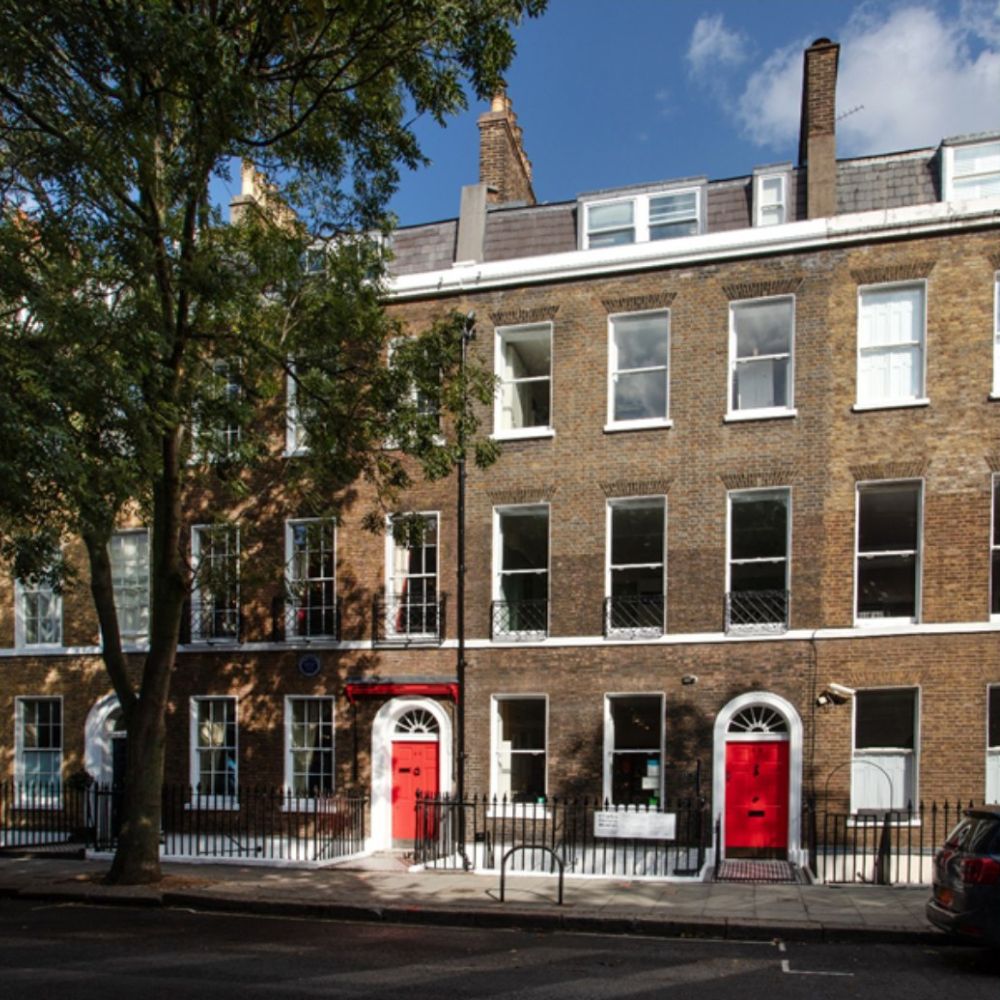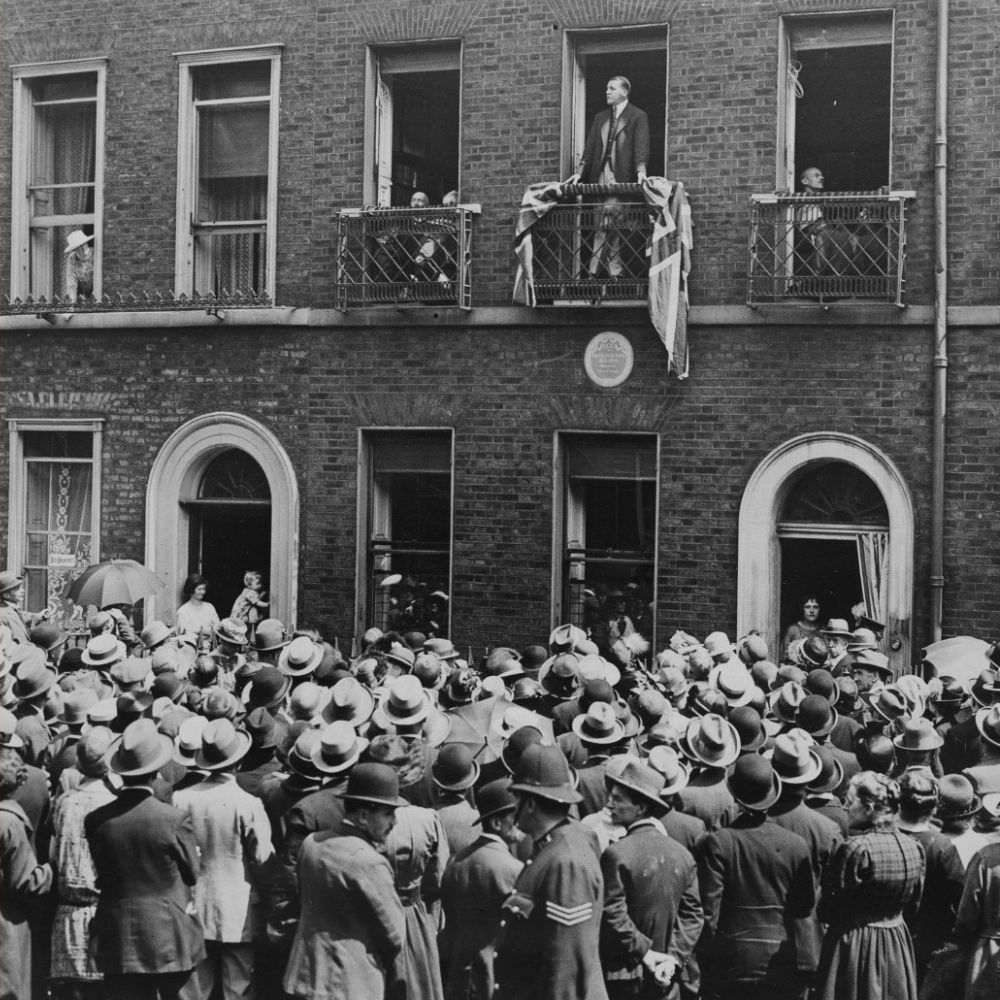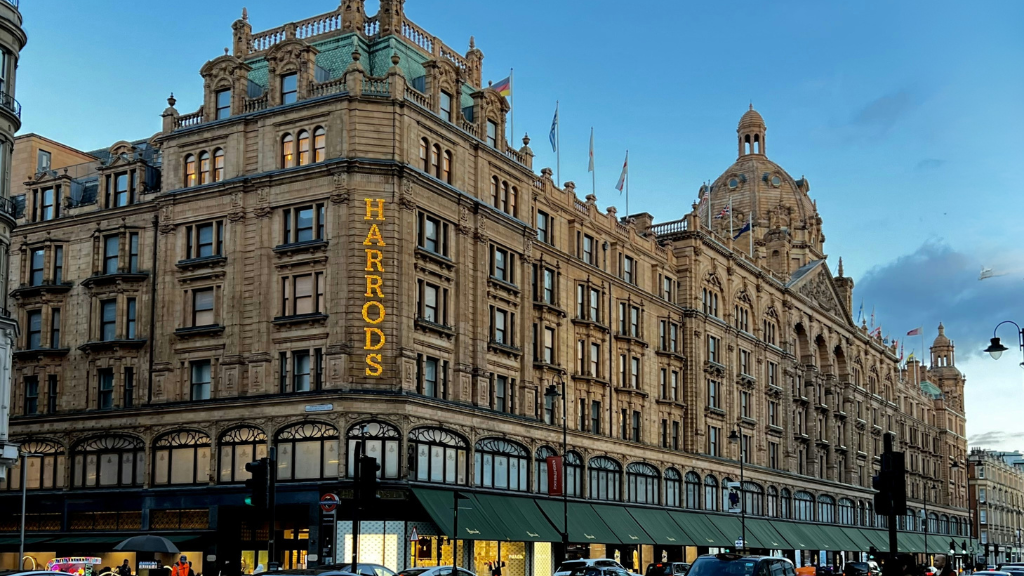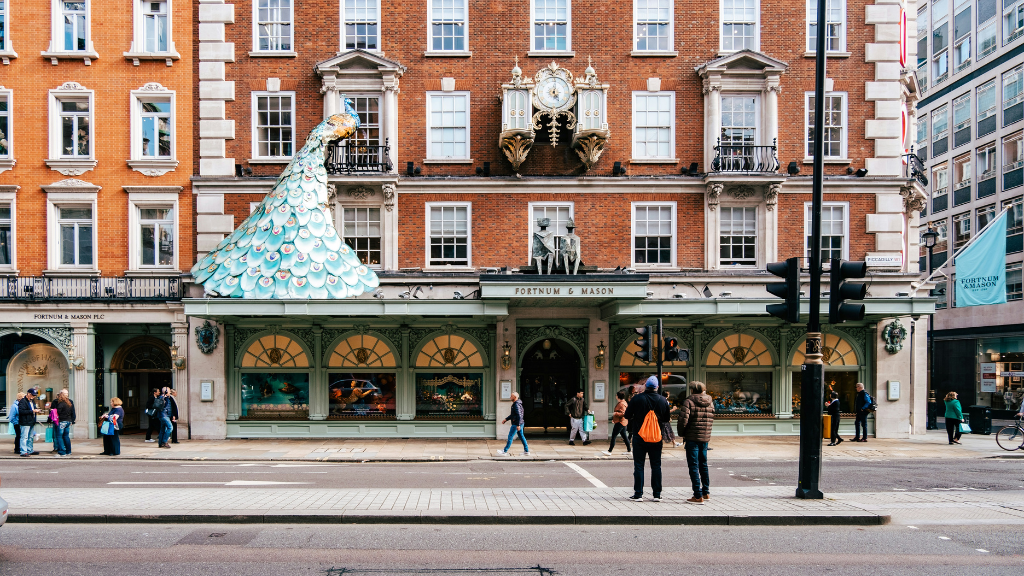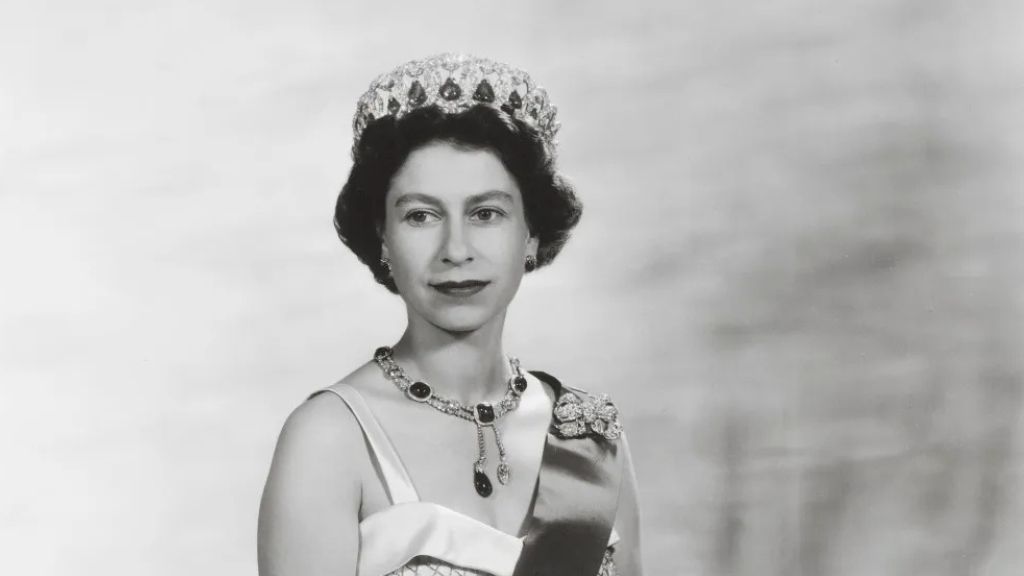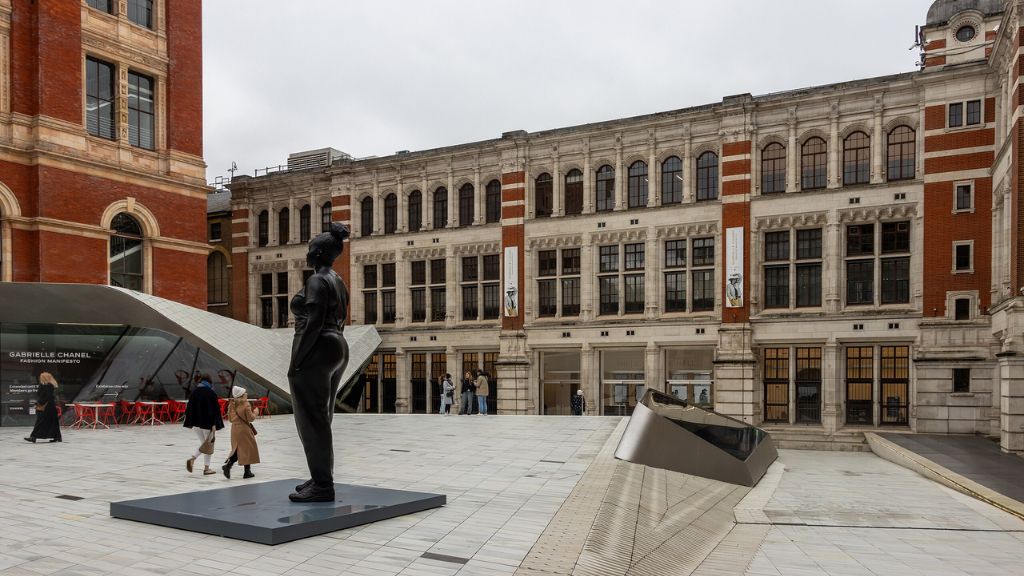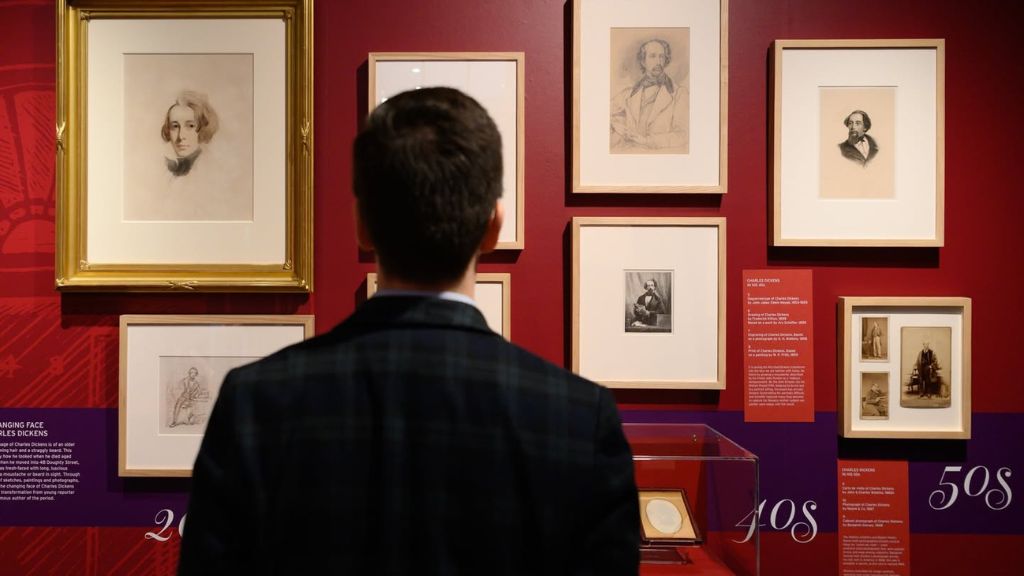
Charles Dickens Museum: a journey into the heart of Victorian London
In 2025, the Charles Dickens Museum marks its 100th anniversary – a century since the doors first opened to the house where the great writer once lived and worked. Tucked away on 48 Doughty Street, this Georgian townhouse is far more than a museum: it’s a portal into a world of candlelight, creaking floorboards, inkwells, and handwritten manuscripts. A place where the spirit of Dickens lingers in every corner.
This article is also available in Russian here
Charles Dickens wanted literature to be a refuge – a spark of light in the often grim reality of Victorian life. He reshaped the way Britain thought about Christmas, brought the plight of the poor to the forefront of public discourse, and entertained as much as he agitated for change. His journalism could be razor-sharp (take his scathing piece on Gin Shops), but he was also a born showman with a gift for the theatrical.
He moved into the house on Doughty Street in 1837 as an ambitious young journalist and left in 1839 as a literary star. In this very house he wrote Oliver Twist, Nicholas Nickleby, and began Dombey and Son. Nearly two centuries later, the rooms still hold the hush of the past, inviting visitors into Dickens’s intimate world.
Read also: Joseph Brodsky in London: from Soviet outcast to professor at the West’s top universities
- Photo: Charles Dickens Museum / Facebook
- Photo: Charles Dickens Museum / Facebook
If you’ve ever wanted to refresh your bookshelf with the classics, here are a few timeless editions to look out for:
Oliver Twist – a beautifully illustrated version of the beloved tale
Nicholas Nickleby – a reissue of the 1839 original
Dombey and Son – with period illustrations
A Christmas Carol – a gift edition of the holiday masterpiece
What makes this museum special?
Authenticity, above all. The house has been lovingly restored to look and feel as it did when Dickens lived here – right down to the wallpaper and the scent of wax in the kitchen. You wander not through a sterile exhibition, but through a home still echoing with stories.
Dickens’s writing desk – where he worked late into the night – still stands by the window.
Nearby is his favourite chair, a stack of letters, and a portrait of the man whose inner world was as vivid as the novels he penned. Look closely and you’ll find the first edition of Oliver Twist, annotated in the author’s own hand, and the walking cane that travelled with him on his legendary speaking tours.
A special mention must go to the young and exceptionally engaging guide, who brings the space to life with vivid anecdotes: why the Christmas pudding once tasted like soap, why the parlour table was custom-built for performances, and why the lady of the house kept the pantry locked at all times.
Read also: What to see in London this summer: top exhibitions of 2025
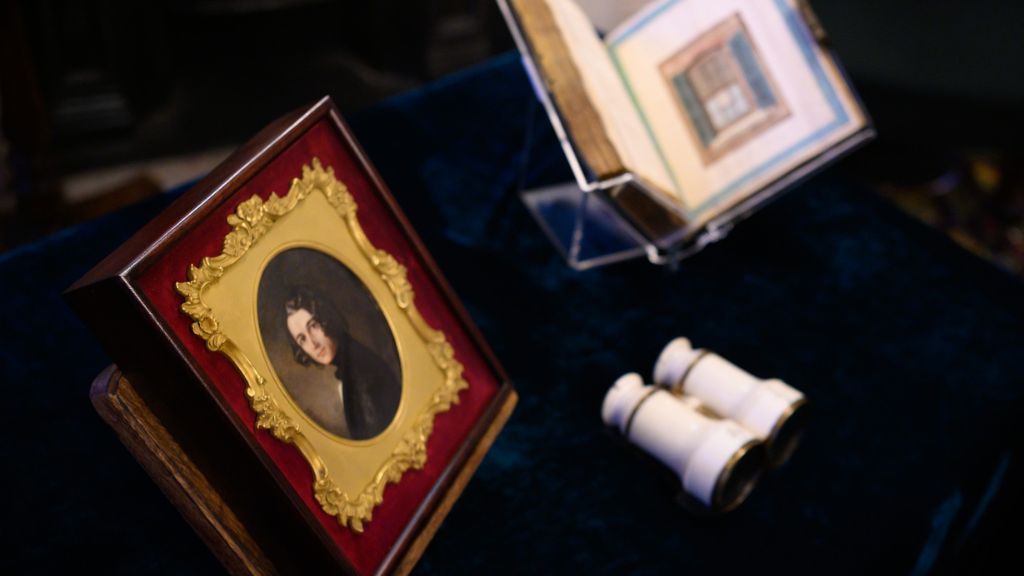
Photo: The Charles Dickens Museum / Facebook
Immersion and interaction
The Charles Dickens Museum is far from a dusty collection of relics. To mark its 100th anniversary in 2025, the museum is hosting a rich programme of events: costumed guided tours where scenes from Dickens’s novels come alive; workshops on Victorian calligraphy and cookery; lectures and book clubs for readers of all ages. For children and teens, there are clever literary quests designed to spark curiosity and a love of the classics – without the pressure of memorisation or schoolroom tedium.
The museum also embraces digital storytelling. Interactive panels let you peek into Dickens’s drafts, meet his friends and foes, and hear the bustling soundscape of 1830s London. The result is both educational and deeply engaging – a multisensory journey into the past.
Invalid slider ID or alias.
We recommend checking the event schedule in advance and booking an after-hours tour if available. These intimate visits are limited in number and tend to sell out quickly, so planning ahead is essential.
Read also: Virginia Woolf and her fascination with Russian literature
Why now is right time to visit?
The centenary year brings with it a host of special exhibitions and celebratory events. Throughout 2025, temporary displays will highlight different aspects of Dickens’s life and legacy: Dickens and Children, Dickens the Journalist, and The Women in His Life. In June, a festive Dickens Week will take over the surrounding area, complete with street theatre, a literary fair, and an 1830s-inspired masquerade ball.
It’s a rare opportunity to encounter Dickens not just as a writer, but as a social force – in a format that is emotional, layered, and often unexpectedly moving.
For an even deeper sense of place, we suggest a walking tour tracing the writer’s footsteps through London – from the alleys of Clerkenwell to the arcades of Covent Garden. Explore Bloomsbury, the historic literary district where Dickens and later writers such as Virginia Woolf lived and worked.
The Museum Cat (Музейный Кот) – a cultural project focused on art and historical experiences for families – also offers seasonal Dickens-themed tours for children and adults. Follow their Telegram channel or website for the latest updates.
Read also: Alan Milne: the writer who turned Winnie the Pooh into an icon of England
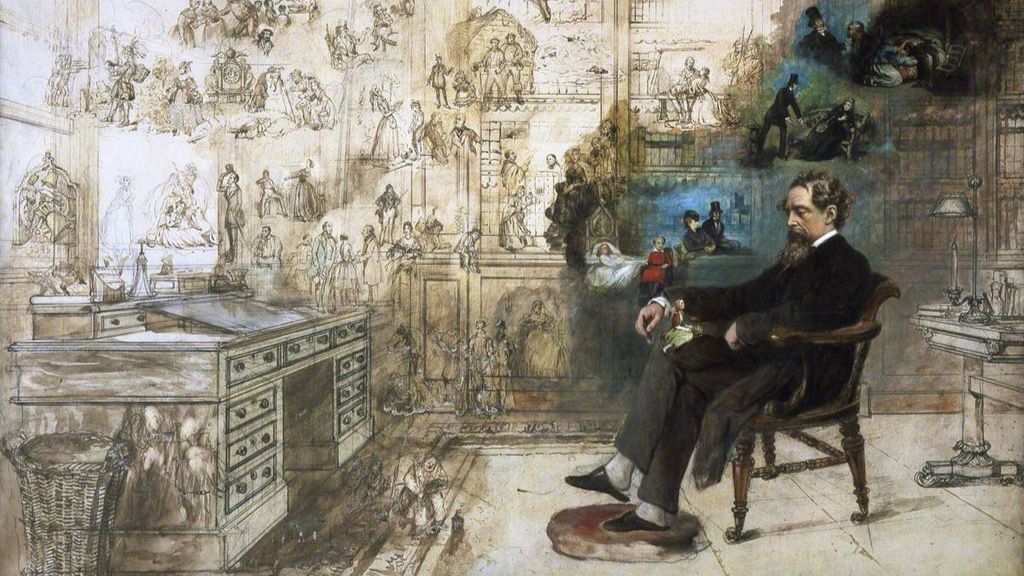
“Dickens’s Dream”, a painting by Robert William Buss Photo: Robert William Buss, Public domain, via Wikimedia Commons
Charles Dickens in brief
Charles Dickens (1812–1870) was a towering figure in English literature – a master of realism and a pioneer of the social novel. His works, including Great Expectations, Bleak House, and A Christmas Carol, transformed the role of fiction in public life. He was among the first to make the poor, the orphaned, and the working class the central figures of literature – not just background characters.
Driven by boundless energy, Dickens wrote for up to 14 hours a day, travelled extensively, gave sold-out public readings, penned editorials, and organised charitable projects. His characters – Scrooge, Oliver Twist, Miss Havisham – became cultural icons. His style, full of wit, pathos, and moral urgency, remains instantly recognisable.
An invitation to inspiration
Visiting the Charles Dickens Museum is more than a historical excursion – it’s a quiet encounter with a mind that changed how we see the world. It’s a place of imagination, reflection, and unexpected intimacy.
The centenary makes 2025 a particularly special time to visit. And don’t forget: if you purchase A Christmas Carol at the museum shop, ask for the commemorative stamp – it turns the book into a collector’s item.
Cover photo: The Charles Dickens Museum / Facebook
Read more:
Great British contemporaries: Lord Norman Foster
The last Stroganov: how Hélène de Ludinghausen revived a lost Russian legacy
25 years of artistic experimentation: Tate Modern marks a landmark anniversary
SUBSCRIBE
Receive our digest once a week with quality Russian events and articles

